The Ha’penny Bridge, officially known as the Liffey Bridge, is one of Dublin’s most recognizable landmarks and an enduring symbol of the city’s historical and cultural tapestry. Opened on May 19, 1816, this pedestrian bridge spans the River Liffey, connecting Liffey Street on the north side with Merchant’s Arch on the south. The bridge gets its popular name from the half-penny toll initially charged for crossing. Constructed of cast iron, the bridge’s elegant design and functional role have made it a focal point for both Dubliners and visitors alike, embodying over two centuries of urban evolution and daily life in Dublin.
Contents
Origins and Construction
Background on the Need for the Bridge
Prior to the construction of the Ha’penny Bridge, the River Liffey was crossed by seven ferries operated by William Walsh, a ferry operator and alderman. These ferries were essential for everyday transport across the river but were in a deteriorating condition. The city authorities tasked Walsh with either upgrading his fleet or constructing a bridge to replace the ferry service. Opting for the latter, Walsh secured the rights to build and subsequently maintain a bridge, complete with a toll collection to recoup his investment.
Ferries Before the Bridge
The ferries before the bridge were a critical part of Dublin’s infrastructure, albeit poorly maintained. These boats linked several key points along the Liffey and were heavily used by the city’s inhabitants. The decision to replace them with a bridge was motivated not only by their condition but also by the need for a more reliable and permanent solution for river crossing.
Construction Process
The design and construction of the Ha’penny Bridge were remarkable feats for the early 19th century. The bridge was manufactured by the Coalbrookdale Company of Shropshire, England, a pioneer in the use of cast iron for large structures. The bridge’s components were cast in Shropshire and then transported to Dublin for assembly. The bridge features a single elliptical arch spanning 43 meters (about 141 feet), with the deck made up initially of timber planks, later replaced by more durable materials.
Key figures in the bridge’s construction included William Walsh, who financed the construction and benefited from the tolls collected, and John Windsor, a foreman from the Coalbrookdale Company. Windsor supervised the project, ensuring that the bridge not only served its functional purpose but also added aesthetic value to the cityscape.
The construction of the Ha’penny Bridge marked a transition in urban infrastructure and set a precedent for future developments in public works and engineering within Dublin, reflecting both technological advances of the time and the city’s growing economic and social needs.
Design and Engineering Features
Architectural and Engineering Specifics
The Ha’penny Bridge is an exemplary model of early 19th-century cast-iron bridge construction. It features a single elliptical arch that spans 43 meters across the River Liffey. The bridge is 3 meters wide and rises to a height of about 3 meters at the crown, above the river. This design provides a low rise-to-span ratio, which enhances the bridge’s aesthetic appeal while ensuring structural efficiency.
The structural integrity of the Ha’penny Bridge is achieved through three parallel arch ribs that form its backbone. These ribs are each composed of six segments, bolted together at the joints with continuous plates across the span. This cruciform design of the sections was innovative for its time, providing the necessary strength to withstand both tensile and compressive forces. The entire structure rests on granite abutments at either end of the bridge, which extend several meters into the riverbank, adding stability and support.
Originally, the bridge was decked with timber planks, which have since been replaced by more durable materials over the centuries as part of maintenance and refurbishment efforts. The railings and the ornamental lamps that adorn the bridge add both functionality and charm, reflecting the design sensibilities of the era.
Significance as One of the First Cast-Iron Bridges
The Ha’penny Bridge holds a place of distinction as one of the first pedestrian bridges built from cast iron. Cast iron was a revolutionary material in the early industrial age, allowing for new designs and engineering solutions that were not possible with traditional materials like stone or wood. Its use in the Ha’penny Bridge demonstrates early adaptability and innovation in civil engineering, setting a precedent for many other bridges worldwide.
The construction of the bridge using cast iron was significant not only for its material innovation but also for its methodological advancement. It was manufactured in pieces at the Coalbrookdale foundry in Shropshire—an area renowned for its pioneering ironwork—and then assembled on-site in Dublin. This prefabrication approach marked a significant evolution in construction techniques of the time.
Moreover, the Ha’penny Bridge’s design and material choice have contributed to its lasting endurance and iconic status. The bridge not only enhanced the urban landscape of Dublin but also symbolized the technological progress of the era. Its successful integration into the daily life of the city underscored the practical benefits of using cast iron for architectural purposes, influencing the design of subsequent bridges and structures in Ireland and beyond.
Economic and Social Impact
Impact on Local Commerce and the Toll System
The Ha’penny Bridge was integral to enhancing local commerce in Dublin. By providing a direct, stable crossing over the River Liffey, it facilitated easier movement for both people and goods between the two halves of the city. This accessibility helped stimulate trade and commercial activities in areas adjacent to the bridge, notably increasing foot traffic to businesses along the quays and the nearby streets.
Initially, the crossing of the bridge was not free; it carried a toll of a half-penny, which was the same amount charged by the ferry service it replaced. This toll was collected to compensate William Walsh, the bridge’s financier, for the discontinuation of the ferry service and the costs of constructing the bridge. The toll system was also a reflection of the period’s economic strategies where infrastructure costs were often recuperated directly from users. The toll remained in place until 1919, playing a significant role in the economic landscape of Dublin by creating a revenue stream that supported the bridge’s maintenance and operations.
Role in Everyday Life of Dubliners
The Ha’penny Bridge quickly became a vital part of Dublin’s social and cultural fabric. As the city’s first dedicated pedestrian bridge over the Liffey, it provided a new social space and a scenic route for daily commuters, shoppers, and leisurely strollers. Its presence improved the urban experience by shortening travel times and making the river crossing safer and more pleasant compared to the precarious ferry rides.
For many Dubliners, the bridge was more than just a utility; it was a place where daily interactions occurred, friendships were formed, and the rhythms of city life were felt. Its central location made it a popular meeting point and a symbolic space for communal gatherings and celebrations. Over the years, the bridge has featured in numerous local stories, songs, and poems, underscoring its significance beyond a mere infrastructure element.
Renovations and Maintenance
Restoration Efforts Over the Years
The Ha’penny Bridge, due to its age and the intensive daily use it experiences, has undergone several renovations to preserve its structural integrity and aesthetic appeal. Over the years, these restoration efforts have been critical in maintaining the bridge as a safe and welcoming passageway for pedestrians.
One of the most significant renovations occurred in 2001, a comprehensive project that aimed to restore the bridge to its original condition while modernizing certain aspects to meet contemporary standards. This restoration was not only a necessity due to the natural wear and tear but also a response to the increased pedestrian traffic and the cultural significance of the bridge as a historical landmark.
The 2001 Renovation
The 2001 renovation was extensive and involved a complete closure of the bridge to the public to facilitate the necessary works. The primary focus was on strengthening the bridge’s structure, improving its safety features, and enhancing its aesthetic details. Key activities included:
- Stripping and repainting: All of the cast ironwork was stripped of decades of old paint and meticulously repainted in the bridge’s original off-white color. This not only protected the iron from weathering but also restored its historical appearance.
- Deck replacement: The old timber decking, which had been replaced by asphalt in previous refurbishments, was removed and replaced with new timber planks. This change returned the bridge closer to its original look while providing a more durable and aesthetically pleasing walking surface.
- Railings and lamps: The cast-iron railings and decorative lamps were repaired or replaced as necessary. Where possible, original materials were retained and restored; otherwise, replacements were made to match the historical design.
- Structural enhancements: The structural integrity of the bridge was reinforced to handle the daily load of approximately 30,000 pedestrians. This included strengthening the iron arches and securing the granite abutments.
Changes Made During Renovations
The 2001 restoration project, while focused on conservation, also introduced several modern enhancements to ensure the bridge met current safety and usability standards. These included:
- Improved lighting: New, more subtle lighting solutions were installed to enhance safety at night while maintaining the bridge’s historic character.
- Anti-slip surface: The new timber decking was treated with an anti-slip coating to prevent accidents, especially during wet weather.
- Accessibility improvements: Modifications were made to the approach areas of the bridge, smoothing out transitions and removing any obstacles that could impede movement for those with disabilities.
Removal of Features and Further Maintenance
In more recent years, additional maintenance efforts have been necessary to address issues not covered by the 2001 renovation. For example, the removal of love locks became a focus, as their weight and rust were damaging the structure. Dublin City Council undertook actions to remove these locks periodically and installed signage discouraging their placement.
Bicentenary Celebration
One of the most significant events in the history of the Ha’penny Bridge was its bicentenary celebration in 2016. This event marked 200 years since the bridge first opened in 1816, and it was commemorated with a series of festivities that celebrated its historical and cultural significance. The celebration included historical reenactments, exhibitions, and a symbolic procession across the bridge involving the current Lord Mayor of Dublin, descendants of J.C. Beresford (an influential figure in the bridge’s construction), and descendants of John Windsor (the foreman who oversaw its construction). This event highlighted the bridge’s enduring legacy as an integral part of Dublin’s urban landscape.
Controversies and Challenges
Challenges and Proposals for Replacement
The Ha’penny Bridge, like many historic structures, has faced various challenges and controversies over its two centuries of existence. One of the most significant challenges was the structural and aesthetic degradation that led to numerous calls for its renovation or even replacement. In the early 20th century, there were discussions about replacing the bridge to accommodate modern transportation needs or to update its aging infrastructure.
A notable controversy emerged in 1913 when there was a proposal to replace the Ha’penny Bridge with an art gallery designed by the famous architect Sir Edward Lutyens, at the request of Sir Hugh Lane. This proposal aimed to create a cultural landmark spanning the River Liffey, akin to the Vasari Corridor in Florence. However, due to financial constraints and public opposition, which centered on concerns about obstructing views and altering the character of the city center, the project was ultimately shelved.
Public and Political Controversies
Throughout its history, the bridge has also been a focal point for public and political debates. The original toll, although modest, was a source of contention until it was finally abolished in 1919. The bridge’s maintenance and management have periodically sparked debate among city officials, conservationists, and the public, particularly concerning how best to preserve its historical integrity while accommodating modern needs.
Modern Day Usage
Pedestrian and Tourist Attraction
Today, the Ha’penny Bridge is one of Dublin’s most frequented pedestrian crossings, attracting both locals and tourists. It is estimated that about 30,000 people cross the bridge daily. This heavy usage underscores its continued functionality and its iconic status as a tourist attraction. Visitors often pause to admire its unique structure and the views it offers of the Liffey and the cityscape, making it one of the most photographed locations in Dublin.
Ongoing Maintenance and Community Engagement
Maintaining the Ha’penny Bridge in a condition befitting its historical and cultural significance requires ongoing efforts. One of the modern challenges has been the trend of attaching “love locks” to the bridge’s railings, a practice that has become popular in many cities around the world but can cause physical damage due to the added weight and corrosion. Dublin City Council has actively engaged in removing these locks to preserve the structural integrity of the bridge. Signage has been installed to discourage the practice and to educate the public on the potential damage caused by these locks.
Moreover, regular inspections and maintenance work are carried out to ensure that the bridge remains safe and visually appealing. These activities are part of a broader community engagement strategy that involves keeping Dublin’s residents and stakeholders informed and involved in the preservation of their cultural heritage.
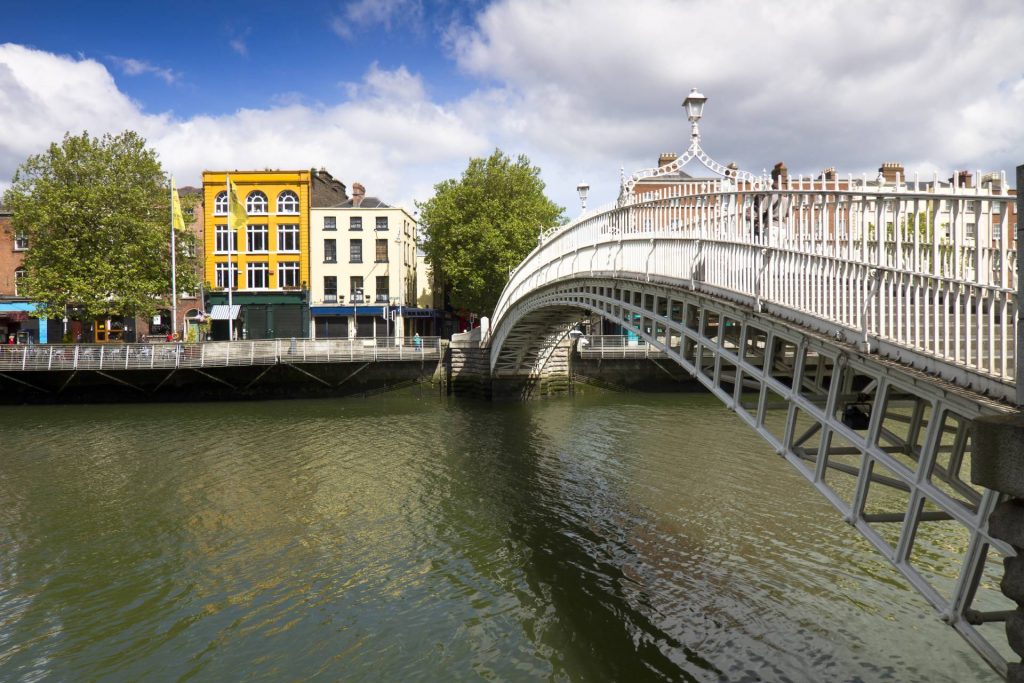


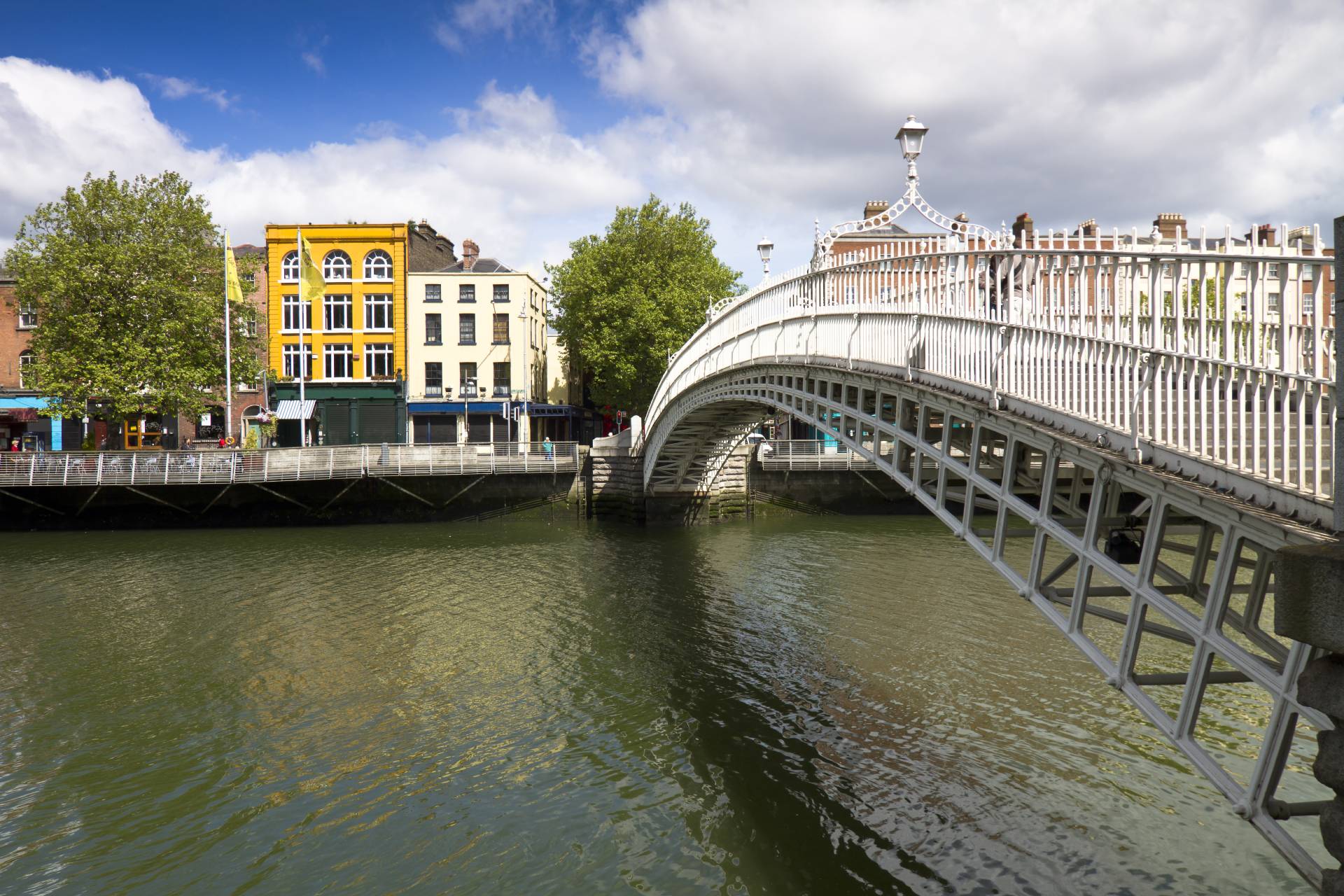
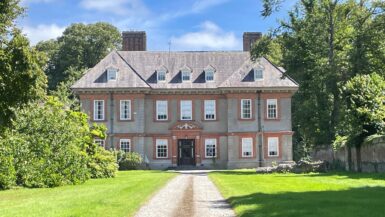
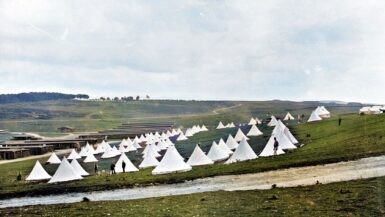
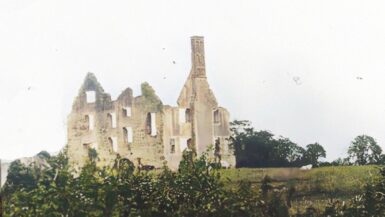
Leave a reply